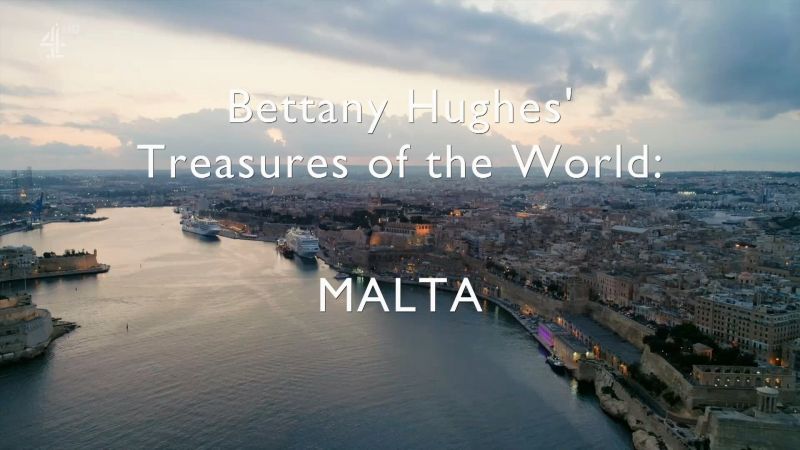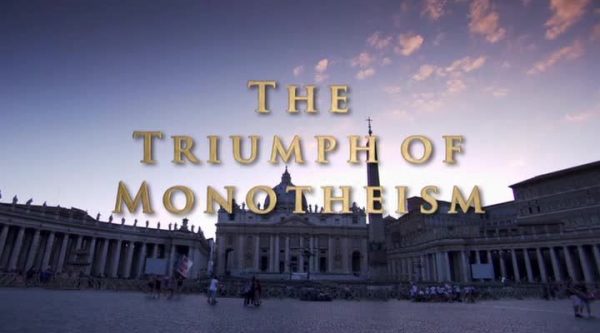Bettany Hughes Treasures of the World episode 2: The historian travels to Malta in search of ancient artefacts, and leads the first TV crew to be allowed to film in the Hypogeum, a recently discovered underground temple that provided a burial place for up to 7000 individuals. Before a major restoration project starts, Bettany is invited to film in the Queen and Prince Philip’s romantic hideaway, the Villa Guardamangia, and explores in a series of underground tunnels from the Second World War.
Bettany Hughes takes viewers on armchair travels to explore household-name treasures and new finds from across the world.
Bettany Hughes Treasures of the World episode 2
Bettany Mary Hughes is an English historian, author and broadcaster, specialising in classical history. Her published books cover classical antiquity and myth, and the history of Istanbul. She is active in efforts to encourage the teaching of the classics in UK state schools. Hughes was appointed OBE in 2019.
Hughes has written and presented many documentary films and series on both ancient and modern subjects. In 2009, she was awarded the Naomi Sargant Special Award for excellence in educational broadcasting, and in 2012 she was awarded the Norton Medlicott Award for services to history by the Historical Association, of which she is an honorary fellow.
Hypogeum
The Hypogeum of Ħal Saflieni is a Neolithic subterranean structure dating to the Saflieni phase (3300 – 3000 BC) in Maltese prehistory, located in Paola, Malta. It is often simply referred to as the Hypogeum (Maltese: Ipoġew), literally meaning “underground” in Greek. The Hypogeum is thought to have been a sanctuary and necropolis, with the remains of more than 7,000 people documented by archeologists, and is among the best preserved examples of the Maltese temple building culture that also produced the Megalithic Temples and Xagħra Stone Circle.
The Hypogeum was discovered by accident in 1902 when workers cutting cisterns for a new housing development broke through its roof. The workers tried to hide the temple at first, but eventually it was found. The study of the structure was first conducted by Manuel Magri, who directed the excavations on behalf of the Museums Committee, starting from November 1903. During the excavations, a portion of the contents of the Hypogeum, including grave goods and human remains, were emptied out and discarded without being properly catalogued. To confound things further, Magri died in 1907 while conducting missionary work in Tunisia and his report on the Hypogeum was lost.
Excavation continued under Sir Themistocles Zammit, who attempted to salvage what he could. Zammit began publishing a series of reports in 1910 and continued excavating until 1911, depositing his findings at the National Museum of Archaeology in Valletta. The Hypogeum was first opened to visitors in 1908 while the excavations were ongoing.
The four houses built on the site of the hypogeum were demolished to build the museum. Real attempts to preserve the site started in 1991 when it closed for a decade to arrange it for visits. In 2011, a more intensive program was launched to monitor the decay of the site.
Villa Guardamangia
Villa Guardamangia (Italian – ‘look’ and ‘eat’), formerly known as Casa Medina and sometimes referred to as Casa Guardamangia, is a 16,791 square feet (1,559.9 m2) townhouse in Gwardamanġa, Pietà, Malta, which served as the residence of Princess Elizabeth, Duchess of Edinburgh (later Queen Elizabeth II), and Prince Philip, Duke of Edinburgh, between 1949 and 1951, while Philip was stationed in Malta as a naval officer.
The property belonged to a Catholic priest in around 1814, during the start of the British colonization of Malta. It is believed that the seaside property was built around the mid-18th century. Later in the 20th century it belonged to several prominent Maltese families, among which include the Sant Fourniers, Bartolos and Schembris. The building took much of its present form in 1900 by Sir Augusto Bartolo and was called Casa Medina. It was originally a farmhouse. It consists of 18 rooms in the living quarters, stables for the animals, a large garden area with a walk-path and a war shelter.
In around 1929, the villa was first leased to Louis Mountbatten, who had interest in it because of its proximity to Marsa, which has a horse racing track and a golf course that suited his lavish lifestyle. The villa was in a bad state and divided into apartments, leading the Mountbattens to reside in two rooms at the Hotel Phoenicia in Floriana while the house was being renovated. Mountbatten bought the villa after some time and frequented it while stationed in Malta as Commander-in-Chief of the Mediterranean Fleet in the 1950s.




